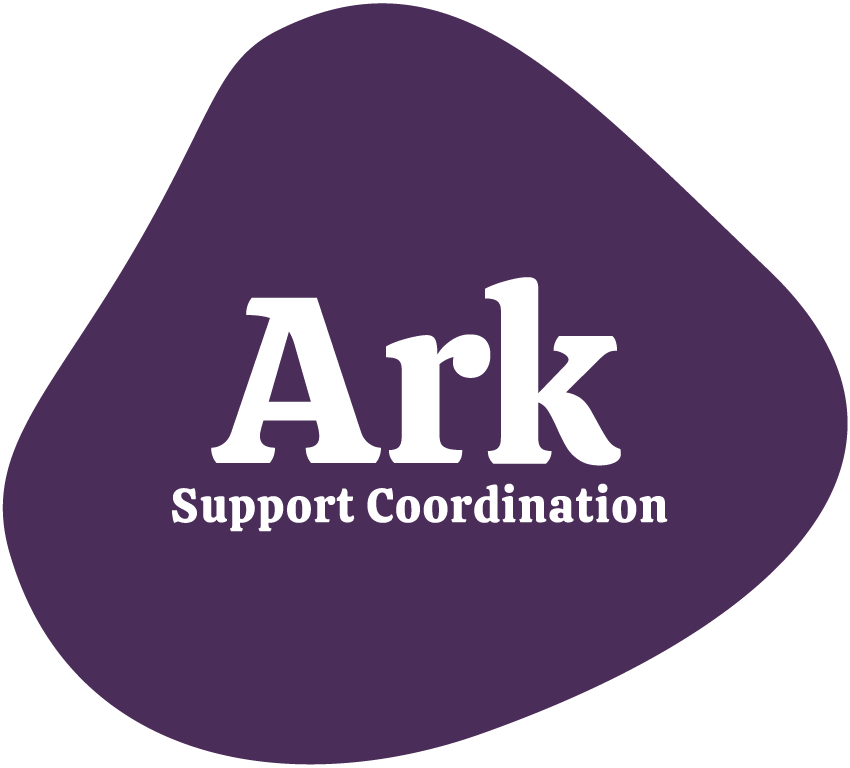Gender Diversity: Not a Modern Intervention
Our understanding of gender is shifting. We’ve seen an increase in the representation of gender-diverse people in the mainstream media and changes in legislation to include new gender options, gender is no longer limited to the male or female binary. However, gender diversity is not a modern invention. Seeing gender on a spectrum has existed for centuries in many cultures. In fact, strict binary gender roles assigned according to biological sex at birth is a practice with a complicated history.
Redefining gender
Gender is a social and cultural concept expressed in how we behave, talk, interact with others, and present ourselves through clothes, hair, and make-up. Traditionally, Western cultures had defined expectations that come with male or female gender roles. However, they are inherently restrictive.
Not only is there a fluidity in how men and women may want to present themselves and move through life, but many people fall outside the binary.
Gender nonconforming and transgender people often find social norms determining how they should behave based on their assigned gender do not truly align with their perception of themselves. In addition, classifying gender by physiological differences has limitations, as there is variation in hormonal levels across all humans regardless of sex.
History of gender
Historical evidence suggests gender diversity has always existed. The earliest recorded examples of people outside the gender binary are found in Mesopotamia around 4000 years ago. Some terminology used today to describe gender and sex variation originated in Ancient Greece. Hermaphrodite, a term used in biology to describe a non-human organism with both male and female reproductive organs, is derived from the mythical tale of Hermaphroditus, who was a youth depicted with both male and female features. The term androgynous comes from the Ancient Greek androgynos, which translates to “man-woman” and was often used to describe transgender people.
There are numerous examples of gender fluidity in the pre-colonised world, with many historians/researchers/writers noting it has a dark history as a tool of colonial oppression.
In North America, many First Nations cultures recognised multiple genders and had language to describe transgender people. More locally, the Noongar language lacks gendered pronouns and uses ‘baal’ to refer to anyone. Settler colonialism controls Indigenous populations by disrupting their societies and ways of living. Enforcing strict gender roles and heterosexuality, is a sustained attack on the relationships and identities of Indigenous people, which fractures communities and kinships. Modern terms like Two Spirit in North America and Brotherboy and Sistergirl in Australia describe gender-diverse Indigenous people and challenge the lasting effects of colonisation by reclaiming these transgender identities.
The fluidity of gender presentation
Binary gender roles come with expectations of how men and women present themselves through appearance and fashion. These rules seem to be clearly defined, but historically they have been as fluid as gender itself. High heels are a great example of this.
Although associated with modern femininity, they were initially invented in 10th century Persia and worn by men to provide better stability on horseback. Since then, social norms around who wore high heels and why fluctuated. Depending on the time period, high heels communicated different meanings about the gender of the wearer, from empowering men to sexualizing women.
Another example is the gendered meanings of colours. A modern toddler dressed in pink is expected to be a girl, but this is a very recent way of thinking. In fact, colour meanings were reversed before the 1950s, as blue was associated with paintings of the Virgin Mary and, therefore, more suitable for girls.
The meanings we assign to aspects of gender presentation are subjective and constantly changing. This makes determining someone’s gender based on what they wear often inaccurate, and it challenges the binary understanding of gender as defined and fixed.
Breaking away from the binary
Those concerned with the movement towards gender diversity might think it leads to the erasure of ‘man’ and ‘woman’ as defined gender identities. This is not the case. Instead, it highlights the inconsistencies in the gender binary, as the way we understand gender is constantly changing.
Establishing rigid rules and boundaries for one’s potential based on biological sex is inherently restrictive.
Accepting gender as fluid benefits gender nonconforming people, especially those who suffer the loss of identity under colonialism. But it also benefits people who identify with their gender assigned at birth, as it removes unnecessary pressure to conform to limiting social norms and gives freedom to define yourself on your own terms.
Navigating sexuality and gender can be tricky on our own. Often we might need someone external to our lives to help steer our internal learning. Ark’s Discovery Sexuality Counselling and Education tackles the important conversations people tend to shy away from, especially for people with disabilities. Please don’t hesitate to contact us if you would like to know more.
Polina Nechaeva